You’ll probably notice a power pylon in every single one of these images: that’s because it’s the same one. This series is support for my theory that if you watch a scene or subject for long enough, something interesting will happen. (Depending of course on the subject, it might take more time than you have available.) Over the course of the last two and a bit years living here – I’ve had the chance to execute a long term observation project. That, and it’s a nice way to end the day rather than staring at a computer screen (again). There’s no extra post processing or manipulation; if anything, given the extreme dynamic range of backlit clouds vs shadowy hills, I’ve had to flatten the images to try and hold highlights – more so since most of the clipping tends to happen only in the red channel. Those of you that live in cities in the tropics will know that nice sunsets are rare because by time it’s dusk, both solution and evaporation during the day make for typically heavy cloud (or rain); yet in every single one of these images, there was the right mix of low level haze (to provide an effective warm filter for the sun just before setting) and high level clouds to be illuminated by that and contrast against an otherwise clear sky. Such exceptions are also why a local photographer living in an interesting location is going to anytime outshoot the visiting team – you simply can’t be there for long enough for exceptional things to happen; the statistics are against you. Excuse me, it’s 7.30 again and time for today’s show… MT
Shot over a long, long period of time with a wide variety of equipment. Mostly processed with PS Workflow III, though a couple were SOOC JPEG from the Olympus PEN F.
__________________
Visit the Teaching Store to up your photographic game – including workshop videos, and the individual Email School of Photography. You can also support the site by purchasing from B&H and Amazon – thanks!
We are also on Facebook and there is a curated reader Flickr pool.
Images and content copyright Ming Thein | mingthein.com 2012 onwards unless otherwise stated. All rights reserved

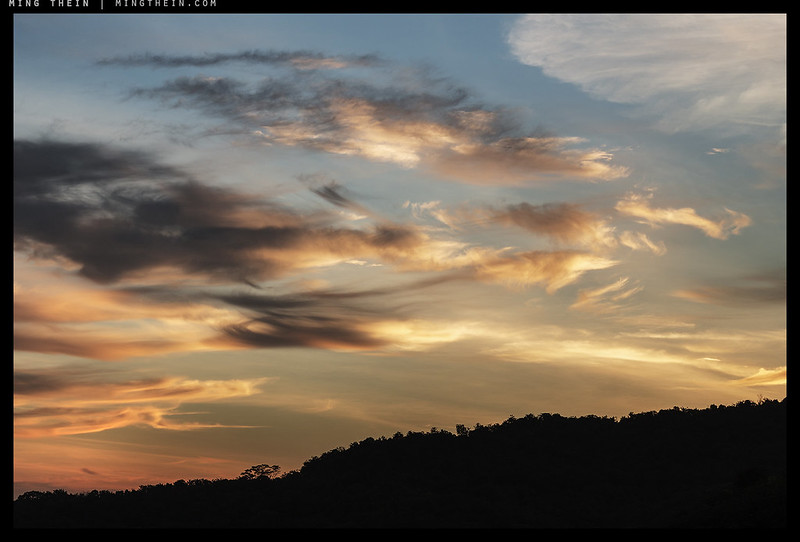

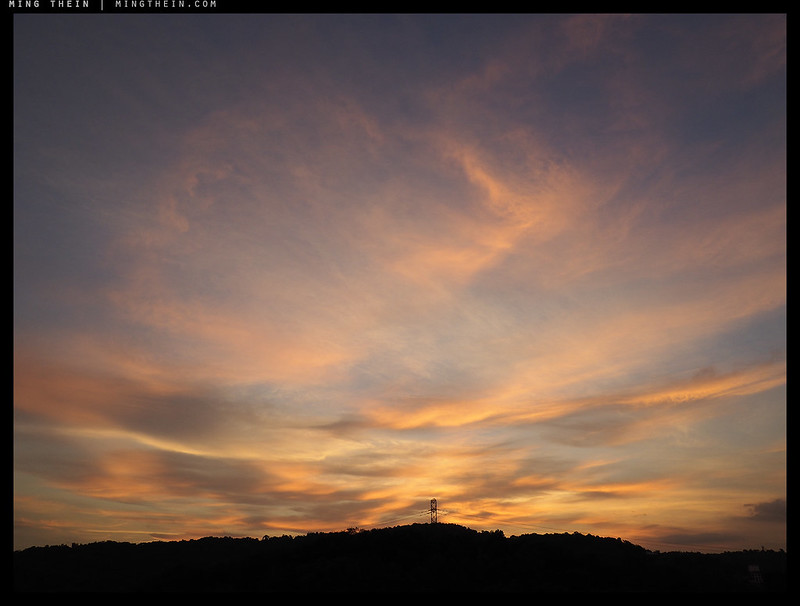
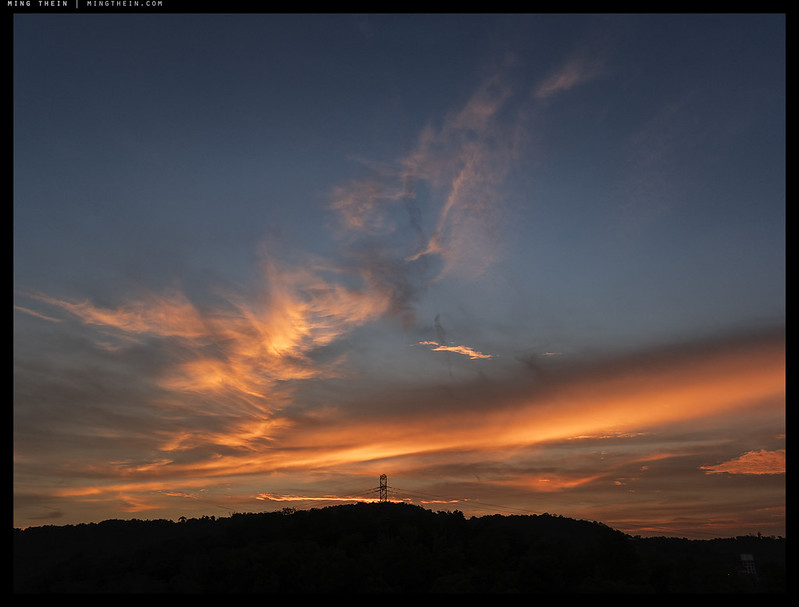


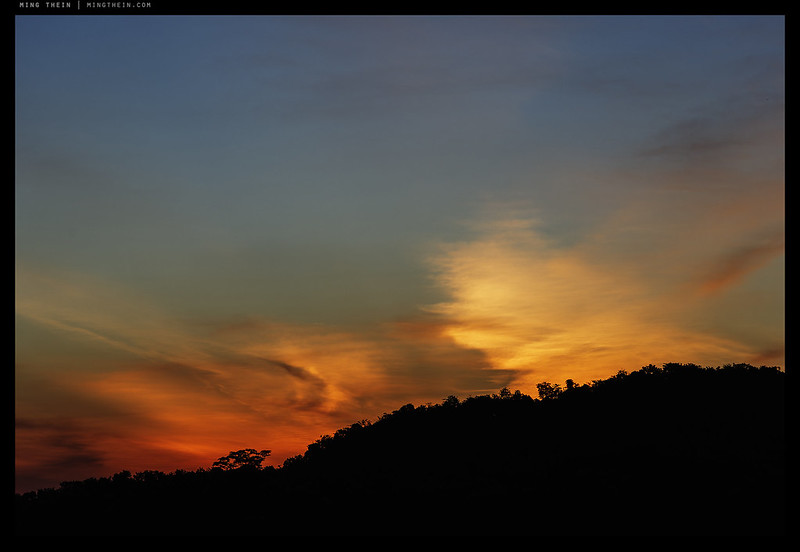


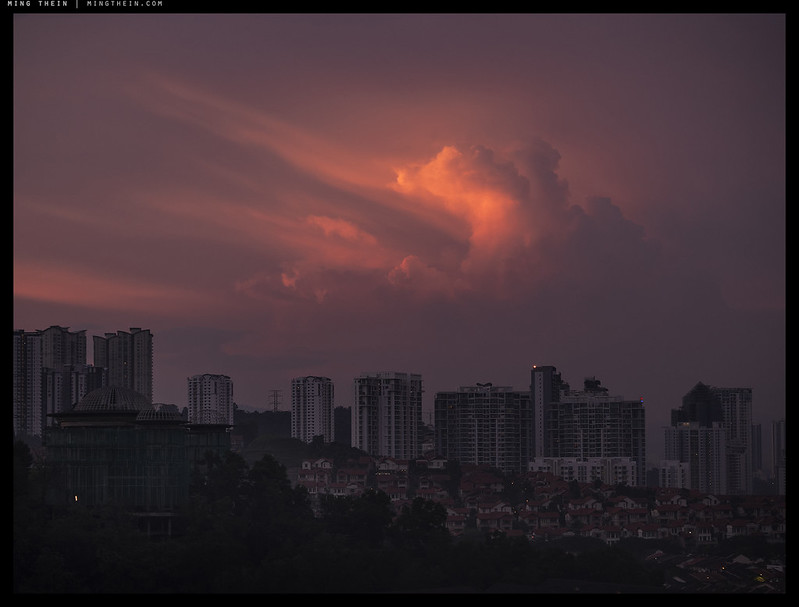







Very nice. Some of them look like they clip to black a bit suddenly perhaps but certainly a very enjoyable set of images. By the by, setting the final brightness is something I’ve always struggled with a bit, especially when the scene was actually dark (I expose to the right and sometimes don’t pull the exposure enough in post). Anyway, good stuff as usual!
Thanks – the clipping is often a jpeg/size compression thing; there are a few where the clipping was intentional because the recovered colour in the deep shadows turned out to be completely unnatural looking, though.
Fair enough. Apart from the SOOCs, did you expose as bright as you could without blowing the highlights? Shadow recoverability is amazing on modern cameras with maximised exposure… I suppose I personally sometimes tend to do too much of it, or use lower contrast and/or leave the image too bright. The varying brightness of monitors and of course the ambient light in which they’re viewed makes setting final brightness tricky though. For me anyway! 😂
I have to check the RGB histogram to make sure one of the channels don’t clip, the recover the rest. You often also need to do some split toning on the shadows to restore natural balance, else they tend to appear too cool (if visible).
Brilliant shots, Ming. And photographing sunsets teaches us an enormous amount about “getting it right in cam”.
Several years ago I started taking a series of shots of sunsets – and (later) sunrises as well – mostly in my own street. It is incredibly educational, and useful to improving photography in this digital age.
You mention tropical sunsets and the lack of any really great ones. The two best sunsets I have EVER seen were (first) one in Darwin in 1968, on Australia’s northern coastline. Not quite “on” the equator – but not that far off it. And the second one was the day I arrived here in Perth, Western Australia, in 1969 – as I drove of the Darling Range and Perth appeared before me, laid out the plain between the hills I was in and the Indian Ocean. the entire world was ablaze with a deep red – quite extraordinary to look at. Unfortunately, at the time, I was only a B&W photographer, so I can’t share a photo.
But as you have found – patience and persistence, and what turns up might blow your away! Instant joy in “photography” usually just results in snapshots – “great” shots require a great deal more time and effort, as your photos in this article demonstrate!
Thanks – in this case, if you don’t, and the highlights clip – they’re completely irretrievable because there’s such a huge luminance difference between the red and other channels. WB won’t fix it, recovery won’t fix it, and your clouds will be a smeary mess.
Tropical sunset: I should have clarified I meant around landlocked places. Heat and humidity tend to accumulate clouds through the day that either result in end of day rain, or low level haze/moisture that prevents you from seeing any sun. Having said that, you need a tiny bit of atmospheric haze or moisture to get the warm tint in; something to do with scattering/absorption of visible light spectra in water droplets…
Persistence: thanks, I’d also add to that discipline in curation: continually move the bar as you see something better, and throw away the stuff that doesn’t make the cut. Else you land up with a lot of same-level stuff, where the benchmark is set by the earliest (and not the most extraordinary).